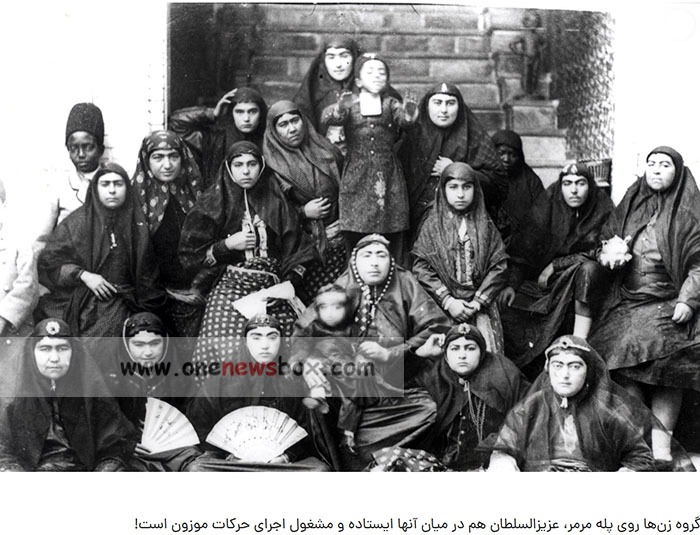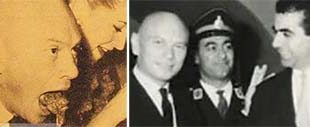Furthermore, these photographs challenged traditional norms of representation. In a society where women were largely veiled and secluded, the Shah’s decision to photograph his wives and harem members was a bold departure from convention. While the images were not intended for public display, they still represented a significant shift in the way women were portrayed in Persian art and culture.
A Controversial Legacy
Naser al-Din Shah’s photographic endeavors, including those at the Soltanabad Mansion, have sparked debates among historians and scholars. On one hand, his photographs are celebrated for their artistic and historical value. They provide invaluable insights into the lives of women in the Qajar court and the aesthetics of the era. On the other hand, some critics view the Shah’s obsession with photographing women as a reflection of his personal indulgences and power dynamics within the harem.
Despite these debates, there is no denying the significance of the Shah’s contributions to the art of photography in Persia. His images paved the way for future generations of Persian photographers and helped establish photography as a respected art form in the region.

